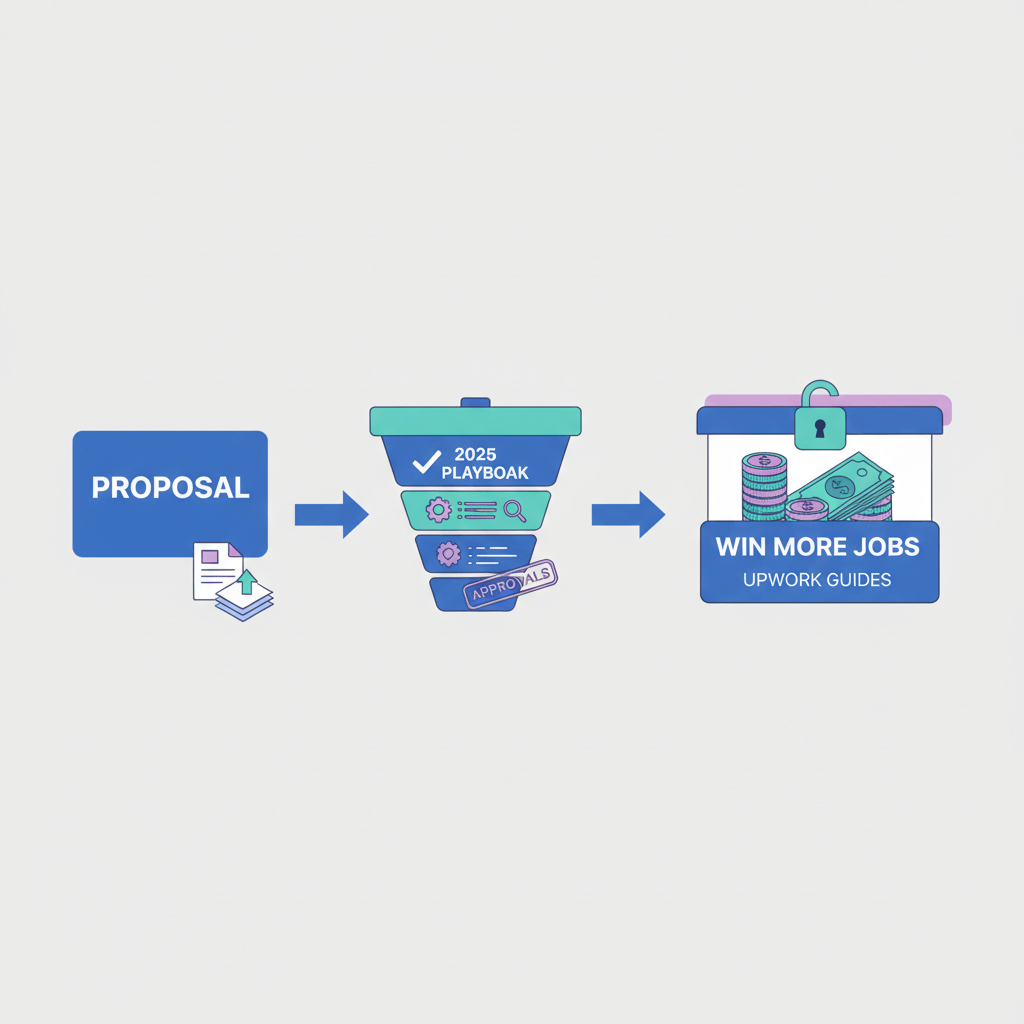As businesses spread their wings globally, it's just the way things go when owners have to deal with cross-border payments.
But then come the blockers of cross-border regulations, currencies, and payment systems making the whole process not only tedious but also expensive,
So in this blog post, we dive into how cross-border payments work in India, the cost involved in cross-border payments, and everything else you need to know to make a payment cost-effectively.
How do cross-border payments work in India?
The following process is the most basic form of how cross-border payments work in India.
- Initiation: Start your cross-border payment from India, whether it's for personal or business reasons with banks or RBI-regulated fintechs.
- Documentation and Compliance: Complete necessary paperwork including 15CA, 15CB forms for outward remittances and TRC, 10F forms, and NoPE forms for inward remittances.
- Foreign Exchange Conversion : Convert Indian Rupees to the relevant foreign currency and pay the required currency conversion fee. Keep an eye on prevailing market rates to ensure a fair exchange. Lock in the rates if a payment needs to be made at a later date.
- Transfer of Funds: Initiate the funds' transfer through internationally recognized networks like SWIFT payment system , which provide secure communication between banks globally.
- Recipient's Bank: The funds will reach the recipient's bank in the foreign country through the international banking network.
What are the costs of business cross-border payments in India?
Outward Remittance
For outward remittance in cross-border payments, the related expenses can be quite high. The communication cost is increased due to the involvement of many parties.
This in some obvious ways results in an extended transaction time, lasting 4-5 days. Moreover, the finance team dedicates approximately 10 hours to supervising this complex process.
The financial impact is hence quite high, with a $10,000 transaction incurring a cost of INR 8,000. These factors together contribute to an extended and expensive outward remittance process, underscoring the necessity of opting for a streamlined solution.
Inward Remittance
For inward remittance in cross-border payments, banks impose a foreign exchange margin ranging from 1.5% to 2.5%, alongside additional charges. The transaction or SWIFT fee ranges from $50 to $150.
Current Challenges in Cross-border Payments
Cross-border payments encounter a significant challenge: the absence of standardization among countries. This leads to issues such as delays, errors, and elevated fees, disproportionately impacting small and medium-sized enterprises (SMEs).
Initiatives are in progress to address the issue of non-standardized global regulations and payment systems through various efforts. In a notable development, G20 finance ministers and central bank governors endorsed high-level principles in 2020.
These principles emphasize cooperation between countries, enhanced payment system infrastructure, increased access to payment services, and the promotion of innovation and competition.
Moreover, they stress the importance of secure and compliant cross-border payments, particularly in adhering to anti-money laundering (AML) and countering the financing of terrorism (CFT) regulations to prevent illegal activities.
Cross Border Payments Solution
To achieve these objectives, different countries and regions are working on various initiatives. For example, in Europe, the European Commission is working on the European Payments Initiative (EPI), which aims to create a unified payment system for the European Union (EU).
The EPI will allow consumers and businesses to make cross-border payments in real-time, using a single payment card or a mobile payment app.
In Asia, the Bank of Japan, the People's Bank of China, and the Hong Kong Monetary Authority are collaborating on a project called the "Global Open Network for Digital Commerce" (GOOD).
The project aims to develop a blockchain-based platform that will facilitate cross-border payments and trade finance.
Besides standardization, another challenge with cross-border payments is currency exchange. When parties transact in different currencies, they need to exchange their currencies to complete the transaction.
Currency exchange can be costly, and the exchange rate can be unpredictable, leading to unexpected costs for the parties involved.
To address this challenge, new payment systems are being developed using blockchain technology. Blockchain serves as a decentralized digital ledger, ensuring secure and transparent transaction recording. Payment systems built on blockchain have the potential to eradicate the necessity for intermediaries, cut down transaction costs, and accelerate cross-border payments.
An instance of such a blockchain-based payment system is Ripple. Functioning as a real-time gross settlement system, Ripple utilizes blockchain technology to facilitate cross-border payments.
In Ripple's payment network, parties can engage in transactions using any currency, with the system automatically converting currencies at the prevailing exchange rate. Notably, several financial institutions, including Santander, American Express, and Standard Chartered, have embraced Ripple's payment network.
Bottom Line
All in all, knowing the hidden costs that come with cross-border payments, will help you not only save a lot of money but also time, in case of recurring payments.
Ultimately, it boils down to being financially savvy and smart when it comes to banking.
Choose your provider wisely.











